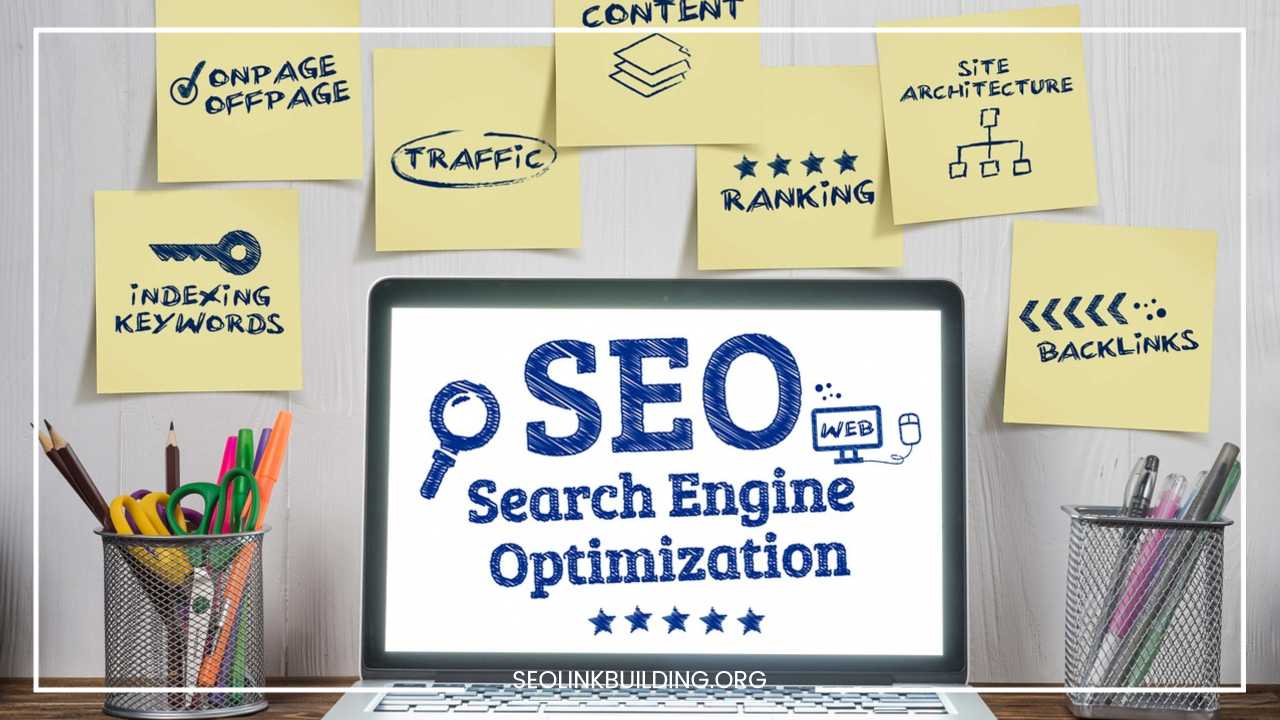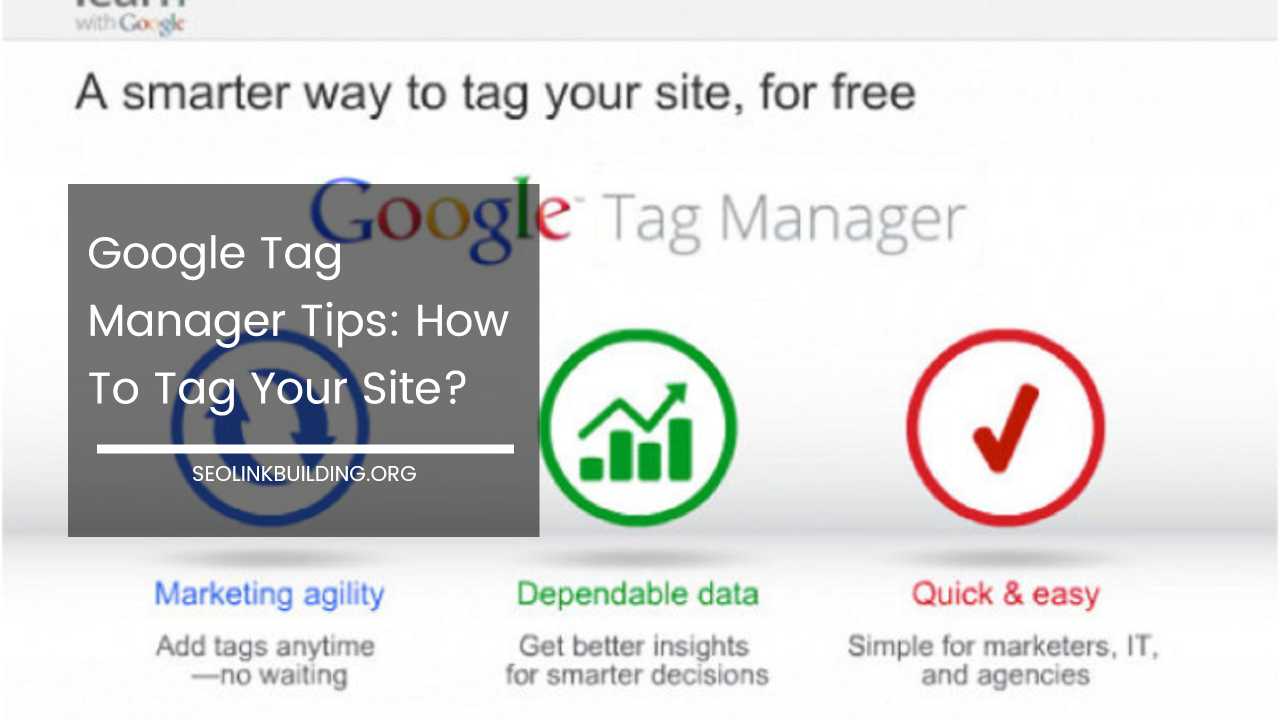SEO Best Practices for 2024

SEO Best Practices
SEO Best Practices: Mastering the Art of Search Visibility
In today’s digital landscape, a strong online presence is no longer a luxury, it’s a necessity. Search Engine Optimization (SEO) is the art and science of improving your website’s ranking in search engine results pages (SERPs). The higher you rank, the more likely users are to find your website, leading to increased traffic, brand awareness, and ultimately, conversions.
This comprehensive guide dives deep into the most important SEO best practices you need to know in 2024. By implementing these strategies, you can give your website the visibility it deserves and attract your target audience organically.
Understanding Search Intent: The Key to User Satisfaction
Before diving into technical aspects, it’s vital to understand why people search for things online. Search intent refers to the reason behind a user’s search query.
Are they looking for information (“informational intent”), trying to buy something (“commercial intent”), or something else entirely (e.g., “navigational intent” for finding a specific website)?
Optimizing your content for search intent is key to user satisfaction and achieving your business goals. Let’s say you run a travel agency. Someone searching for “best places to visit in Europe” likely has wanderlust and is in the research phase.
But someone searching for “all-inclusive resorts in the Caribbean” is closer to making a purchase. Tailoring your content to these different intents will improve your chances of ranking for relevant searches and attracting qualified leads.
Keyword Research: The Cornerstone of a Targeted SEO Strategy
Keywords are the terms users type into search engines. Keyword research involves identifying relevant keywords with good search volume (how often a term is searched for) and low competition (how difficult it is to rank for that term). Tools like Google Keyword Planner, SEMrush, and Ahrefs can help you discover valuable keywords to target.
Here are some advanced keyword research tips for a targeted SEO strategy:
- Go beyond search volume: Look for keywords with high commercial value, indicating users are ready to buy. Tools like Ahrefs can provide insights into keyword profitability.
- Consider user location: If your business is location-specific, incorporate geographic modifiers into your keyword research. For instance, a dentist might target “dentist near me” or “best dental implants [city name].”
- Identify informational vs. commercial keywords: Develop a targeted content strategy that addresses both informational and commercial search queries. Informational keywords can attract users at the top of the sales funnel, while commercial keywords target users closer to conversion.
- Leverage long-tail keywords strategically: While long-tail keywords generally have lower search volume, they offer a higher chance of ranking due to lower competition and more targeted user intent.
Content is King (and Queen): Creating High-Quality Content that Ranks
Once you have your keywords in place, it’s time to create high-quality content that resonates with your target audience and ranks well in search engines.
- Informative and Valuable: Content should be informative, valuable, and address the specific needs and pain points of your audience. Offer fresh perspectives, solve problems, or provide insightful analysis that sets you apart from competitors.
- Compelling and Engaging: Don’t just inform, engage! Strive to create compelling and engaging content that keeps users hooked. This could involve using storytelling, multimedia elements like high-quality images, infographics, and videos, and breaking down complex topics into easily digestible pieces.
- Optimize for Readability: Use clear and concise language, proper formatting with headings and subheadings, and bullet points to improve readability. Aim for a conversational tone while maintaining professionalism.
- Content Freshness: Search engines favor websites with fresh content. Develop a content calendar and consistently publish new blog posts, articles, case studies, or other relevant content formats.
Technical SEO: Optimizing Your Website’s Foundation for Search Engines
Technical SEO ensures your website is crawlable and indexable by search engines. Here are some key technical SEO factors to consider, along with additional tips for optimization:
- Mobile-friendliness: With the majority of searches now happening on mobile devices, having a mobile-friendly website is no longer optional. Ensure your website is responsive and provides a seamless user experience on all devices, including smartphones and tablets. Use Google’s Mobile-Friendly Test tool to assess your website’s mobile responsiveness.
- Website Speed: Slow loading websites can significantly hurt your SEO ranking and user experience. Use tools like Google PageSpeed Insights to identify areas for improvement and optimize your website for speed. Techniques include image compression, minifying code, and utilizing a Content Delivery Network (CDN).
- Site Structure and Navigation: A well-structured website with clear navigation allows search engines and users to easily find relevant content. Organize your content logically using categories, subcategories, and internal linking. Internal linking connects related pages on your website, helping search engines understand your website’s structure and improving user navigation.
- Optimize URLs: URLs should be descriptive, concise, and contain relevant keywords, separated by hyphens. Avoid using lengthy URLs with parameters and special characters.
- Schema Markup: Schema markup is code that you can add to your website’s HTML to provide search engines with more information about your content. This can help your website appear in rich snippets in search results, leading to a higher click-through rate (CTR).
- Image Optimization: Images can enhance your content and improve user engagement. Optimize image file sizes for faster loading times, and include relevant alt text descriptions for both accessibility and SEO purposes.
Building Backlinks: The Currency of Trust and Authority
Backlinks are essentially links from other websites to your website. Search engines consider backlinks a sign of trust and authority. The more high-quality backlinks you have, the higher your website will rank in search results.
Here are some advanced strategies to build high-quality backlinks:
- Create Link-worthy Content: People are more likely to link to content that is valuable, informative, and insightful. Focus on creating content that others will want to share with their audience, such as well-researched industry reports, comprehensive guides, or unique data-driven studies.
- Guest Blogging: Contribute guest blog posts to high-authority websites in your niche. This allows you to showcase your expertise, reach a wider audience, and earn valuable backlinks to your website. Ensure the websites you target are relevant to your industry and have a good domain authority.
- Broken Link Building: Identify broken links on websites within your niche that link to outdated or irrelevant content. Create content that can serve as a better alternative, and reach out to the website owner suggesting your content as a replacement. This technique can help you acquire backlinks while providing value to the website owner and their audience.
- HARO (Help A Reporter Out): HARO is a platform that connects journalists with sources for their stories. Signing up for HARO allows you to pitch your expertise to journalists and potentially earn backlinks from high-authority news websites.
On-Page Optimization: Sending the Right Signals to Search Engines
On-page optimization refers to optimizing the individual elements on a webpage to improve its ranking for relevant keywords. Here are some key on-page optimization elements:
- Title Tags: Title tags are the headlines displayed in search engine results pages (SERPs). They should be descriptive, concise, and contain your target keyword. Ideally, keep title tags between 50-60 characters.
- Meta Descriptions: Meta descriptions are short summaries of your webpage content displayed in SERPs below the title tag. While not a direct ranking factor, they can influence click-through rate (CTR). Craft compelling meta descriptions that accurately describe your content and encourage users to click. Aim for around 155-160 characters.
- Headings: Headings (H1, H2, H3 tags) structure your content and improve readability. Use your target keyword naturally within your headings, especially the H1 tag.
- Content Body: Optimize your content for your target keyword but prioritize readability and avoid keyword stuffing. Aim for a natural keyword density of 1-2%.
- Internal Linking: As mentioned earlier, internal linking connects relevant pages on your website. This helps search engines understand your website’s structure and improves user navigation. Strategically link to high-quality internal pages throughout your content.
Local SEO: Optimizing Your Online Presence for Local Searches
If your business has a physical location or caters to a local audience, local SEO is crucial. Here are some key local SEO strategies:
- Google My Business Listing: Claim and optimize your Google My Business (GMB) listing. Ensure your business name, address, phone number (NAP) are consistent across the web, and include relevant keywords in your GMB description. Encourage customers to leave positive reviews, as these can significantly improve your local search ranking.
- Local Citations: Citations are mentions of your business name, address, and phone number online, across various directories and websites. Focus on building citations on high-quality, industry-relevant local directories.
- Optimize for Geo-targeted Keywords: Incorporate geographic modifiers into your keyword research. For instance, a plumber might target “plumber near me” or “best plumbing services [city name].”
User Experience (UX): Keeping Visitors Engaged and Coming Back for More
SEO isn’t just about ranking high in search results. It’s also about keeping visitors engaged on your website and providing a positive user experience (UX). Here are some tips for crafting a website that not only attracts visitors but keeps them coming back for more.
- Clear and Concise Design: Your website design should be clear, concise, and visually appealing. Use a clean layout, intuitive navigation, and high-quality visuals to create a positive first impression.
- Mobile-First Approach: Remember, mobile browsing is now dominant. Ensure your website offers a seamless user experience on all devices, with easy-to-click buttons, responsive design, and fast loading times.
- Website Usability: Test your website for usability to identify any areas that might be confusing or frustrating for users. Conduct user testing or use heat mapping tools to see how users interact with your website and identify areas for improvement.
- Fast Loading Speeds: As mentioned earlier, slow loading times can significantly hurt your SEO and user experience. Optimize your website for speed by using a fast web host, compressing images, and minifying code.
Core Web Vitals: Essential Signals for a Great User Experience
In 2021, Google introduced Core Web Vitals, a set of metrics that measure the technical aspects of a positive user experience. Optimizing for Core Web Vitals is crucial for SEO success, as they are now considered ranking factors. Here’s a breakdown of the three Core Web Vitals and how to optimize for them:
- Largest Contentful Paint (LCP): LCP measures the time it takes for the largest content element on a page to load. To improve LCP, prioritize loading above-the-fold content, eliminate render-blocking resources, and leverage browser caching.
- First Input Delay (FID): FID measures the responsiveness of a webpage. It reflects how long it takes for the browser to respond to a user interaction, such as clicking a button. To improve FID, minimize JavaScript execution time, reduce main thread work, and prioritize critical tasks.
- Cumulative Layout Shift (CLS): CLS measures the visual stability of a webpage. It reflects how often elements on a page move around unexpectedly during loading, which can be frustrating for users. To improve CLS, reserve space for images and ads, set dimensions for elements, and avoid lazy loading content above the fold.
Content Promotion: Spreading the Word and Reaching Your Target Audience
Creating high-quality content is just one part of the equation. You also need to promote your content to reach your target audience and maximize its impact. Here are some effective content promotion strategies:
- Social Media Marketing: Promote your content on relevant social media platforms to reach a wider audience. Share snippets of your content, infographics, or engaging visuals to grab attention and encourage clicks.
- Email Marketing: If you have an email list, leverage it to promote your content to your subscribers. Segment your email list for targeted campaigns and personalize your messages for better engagement.
- Influencer Marketing: Partner with influencers in your niche to promote your content to their audience. This can be a great way to reach a targeted audience and build brand awareness.
SEO Analytics: Tracking Your Progress and Making Data-Driven Decisions
SEO is an ongoing process. It’s essential to track your progress and make data-driven decisions to optimize your strategy. Here are some key SEO metrics to monitor:
- Organic Traffic: Track your website’s organic traffic from search engines using analytics tools like Google Search Console. This will help you understand how well your SEO efforts are performing in driving traffic to your website.
- Keyword Rankings: Monitor your ranking for your target keywords over time. Tools like SEMrush or Ahrefs can provide detailed keyword ranking data.
- Backlink Profile: Track the number and quality of backlinks pointing to your website. Ahrefs and Moz offer tools to analyze your backlink profile and identify opportunities for improvement.
- User Engagement Metrics: Look beyond just traffic and monitor user engagement metrics like bounce rate, time on site, and conversion rate. These metrics can tell you how well your website is keeping visitors engaged and achieving your business goals.
By regularly monitoring these metrics and analyzing your data, you can identify areas for improvement and refine your SEO strategy for long-term success.
Final Word: SEO is a Journey, Not a Destination
Search engine optimization (SEO) is a continuous process that requires ongoing effort and adaptation. By implementing the strategies outlined in this guide, you can lay a strong foundation for SEO success.
Remember, SEO is a journey, not a destination. Stay updated with the latest trends, consistently create high-quality content, and optimize your website for a positive user experience. With dedication and a data-driven approach, you can achieve top search rankings, attract your target audience organically, and ultimately achieve your business goals.













